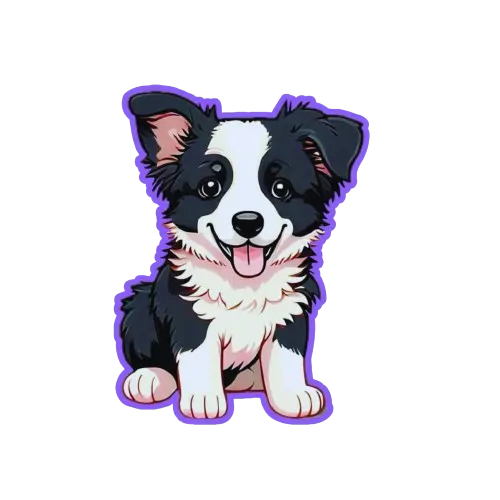Are Chicken Lungs a Tasty Treat for Your Furry Friend?
Firstly, let’s give a big round of applause to your curiosity about feeding your pup some unusual treats! As responsible pet parents, it’s essential to know what’s safe and healthy for our furry companions. So, let’s dive into the world of canine cuisine!
The Short Answer: While chicken lungs might seem like an appealing snack for dogs, it’s generally not recommended to feed them to your pup. Here’s why:
- Nutritional Value: Chicken lungs are not a significant source of essential nutrients for dogs. They’re mostly made up of connective tissue and can be low in protein and high in fat.
- Digestive Issues: Feeding chicken lungs can cause stomach upset, diarrhea, or even pancreatitis in some cases.
- Food Safety: Raw or undercooked poultry products, including lungs, carry a risk of contamination with harmful bacteria like Salmonella and Campylobacter.
What About Other Poultry Parts? While we’re on the topic of unusual dog treats, let’s talk about other poultry parts you might be wondering about:
- Feathers: These are not toxic to dogs but can cause gastrointestinal upset if consumed in large quantities.
- Gizzards: Like chicken lungs, gizzards (small internal organs) are not a recommended treat for dogs due to their low nutritional value and potential digestive issues.
- Heart and Liver: These organs are rich in nutrients and can be safely fed to dogs in moderation. However, always consult with your veterinarian before introducing new foods or supplements.
The Bottom Line: When it comes to treats, stick to healthy, easily digestible options like carrots, green beans, or air-dried liver snacks. Always prioritize your pup’s safety and health by avoiding unusual or potentially harmful ingredients.
Consult Your Local Vet: For personalized advice on feeding your dog, consult with your veterinarian about the best treats and supplements for your furry friend. Remember, every pup is unique, and what works for one might not work for another!
Check with your local vet for more specific guidance on what to feed your dog and what to avoid. Happy snacking (safely, of course!)
